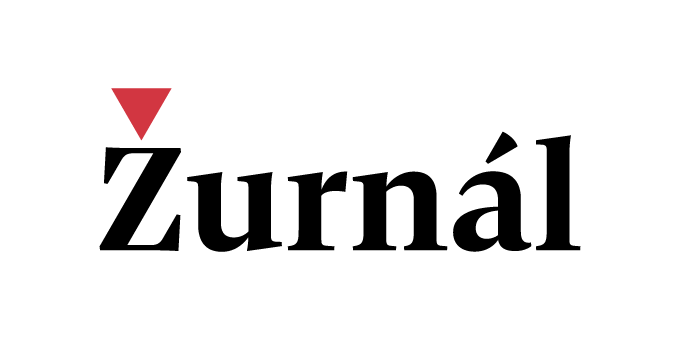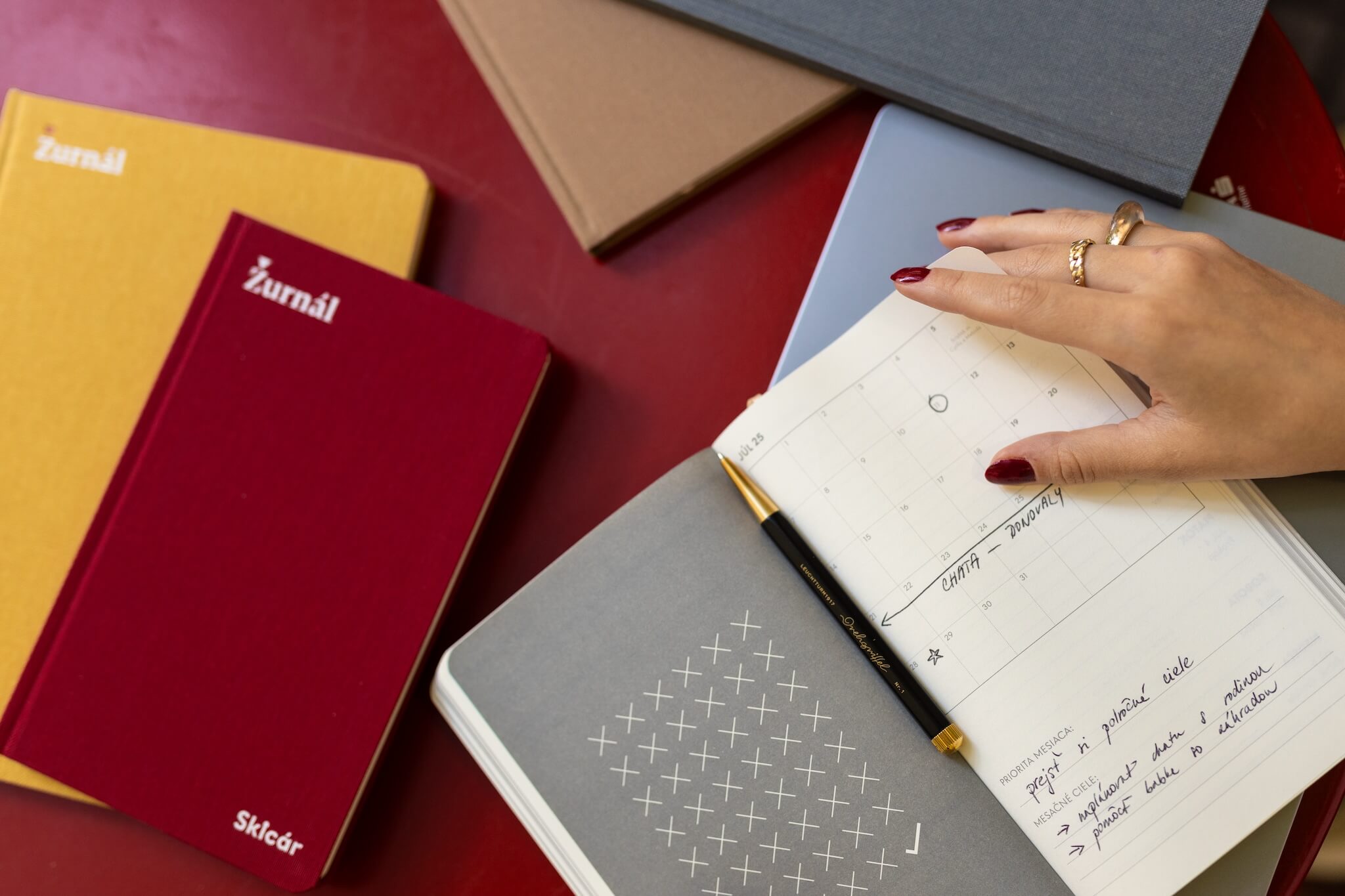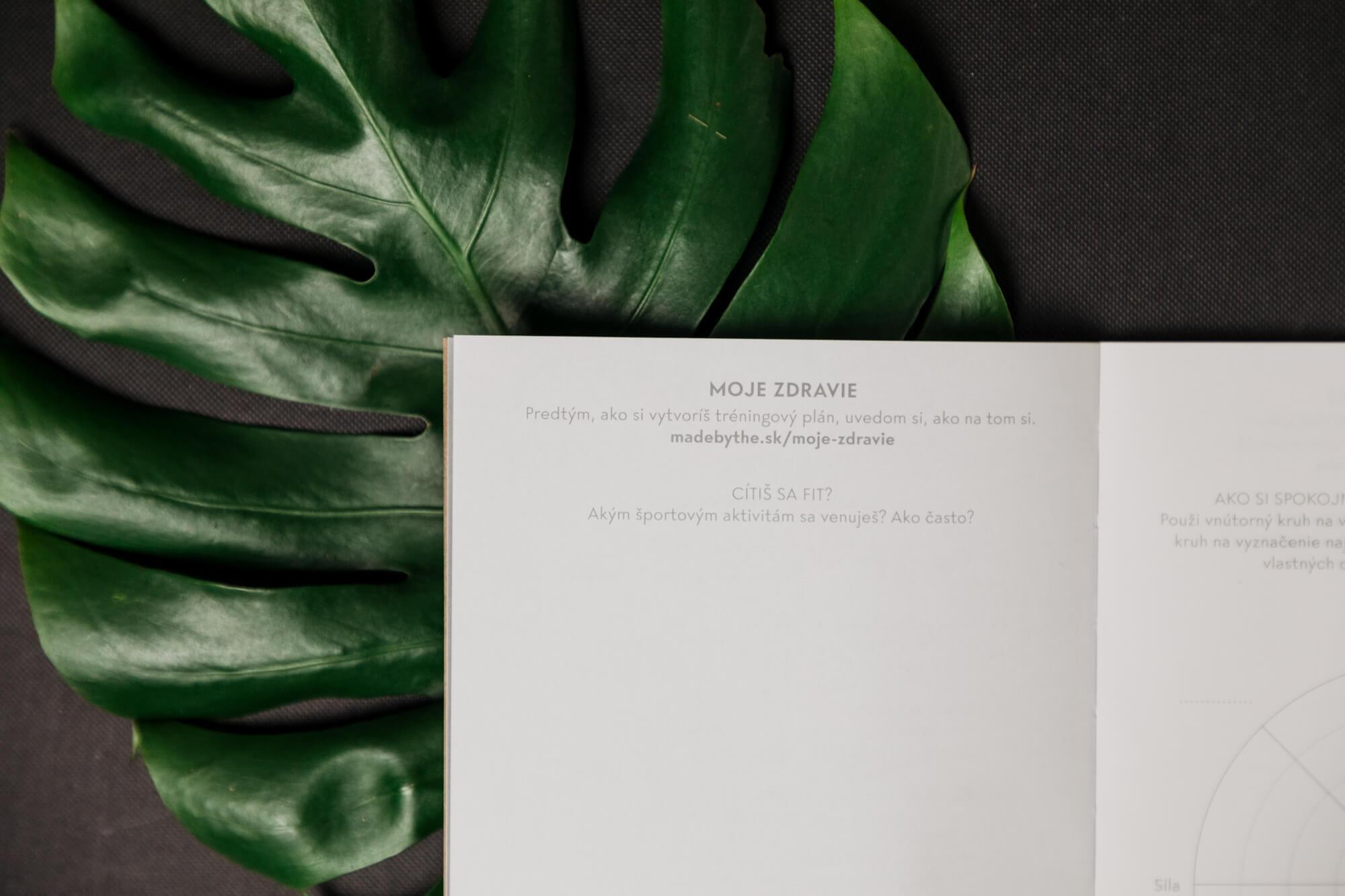
Sketching
If you already master the basics of Visual Thinking and have created your own Picture Book , it's time to start sketching.
What is it and how to do it?
In one sentence: Sketchnoting is taking notes in a visual form.
If we want it a little more detailed, we can divide sketchnoting into 4 basic phases:
- preparation
- listening to
- processing
- drawing
Preparation
Before you start your sketching, you need to know where and what you are going to draw.
Do you know Napadnik? This is a very suitable adept for your sketches - because thanks to the thickness of its paper, you don't have to worry about your drawing being overprinted on the other side.
If you already know "where", choose - "what" you will draw there. Personally, I have the best experience with a thin marker (such as Stabillo or Sharpie). It can be black or some other dark color. Of course, sketchnoting can be done with a pencil or a pen - in the case of a pencil, I recommend the softer one, and in the case of a pen, the ink instead of a classic copy machine. The final sketch looks "softer" and cleaner.
Once you have the technical selection over, look at the content.
You can also prepare each sketchbook visually: write the title, speaker or facilitator of the meeting, mark the date and place of the event. You can draw these data in advance, for example, in special frames.
Sometimes it happens that you already expect some key words or ideas in advance. You can prepare for them in your Picture Book. Consider what words and concepts will be mentioned at the meeting - and what images you will probably use.
Listening to
At the first moment, it seems the simplest stage of sketching - and that is not entirely true. During the meeting (lecture, workshop, meeting), listen to what key words and ideas are used. Sometimes it may not be the most important information in terms of content (e.g. some lesson), but rather emotionally charged information (joke, interesting idea, story, ...).
In addition to listening to the content, you also listen to the audience with one ear. If you record the reactions of the audience, you increase the connection of others with your sketchiness, which increases the memorability of the content of the meeting.
Writing down the statements of the participants or even the speaker's funny remarks works similarly well.
Processing
What visual association do you associate with the content you heard? Is it one metaphor around which you build the entire visual - or is it a set of independent images that you connect with arrows and lines? If you are good at the Listening stage, you can probably hear all the visual metaphors and images directly in the spoken sentences.
When we share our thoughts, we like to use metaphors. so you don't have to reinvent the wheel. Maybe you just need to quickly google the keywords in the images section.
In the case of your creative process, the stages of listening and processing understandably fall away. If you're using sketching to jot down your ideas, the key is not to waste too much time thinking about "how to draw it".
It is effective to draw simple pictograms that at a certain point you name (you write a label for them), connect them and only later make them into a concrete visual that you - and later those you show it to - will understand.
Drawing
Maybe some of you will not agree with me: Drawing is the easiest phase of sketching. It's all about three things:
- only regular drawing improves your drawing
- "If you think someone draws better than you, it means that they draw longer (more often) than you."
- the goal is not a perfect drawing, but a visual that describes the entire content of the meeting
- your sketching should bring joy first of all to you, and then to others
And that is all.
"Draw, draw, draw." says Juraj, who I hope will not be alive forever.
Don't forget to sign and share your sketches on social networks as inspiration and a source of learning for others ;)
Hashtags work very well on Instagram: #sketchnoting #visualthinking #graphicrecording #graphicfacilitation #visualfacilitation
… and of course #madebythe #otvorenahra #sketocovnik ;)




